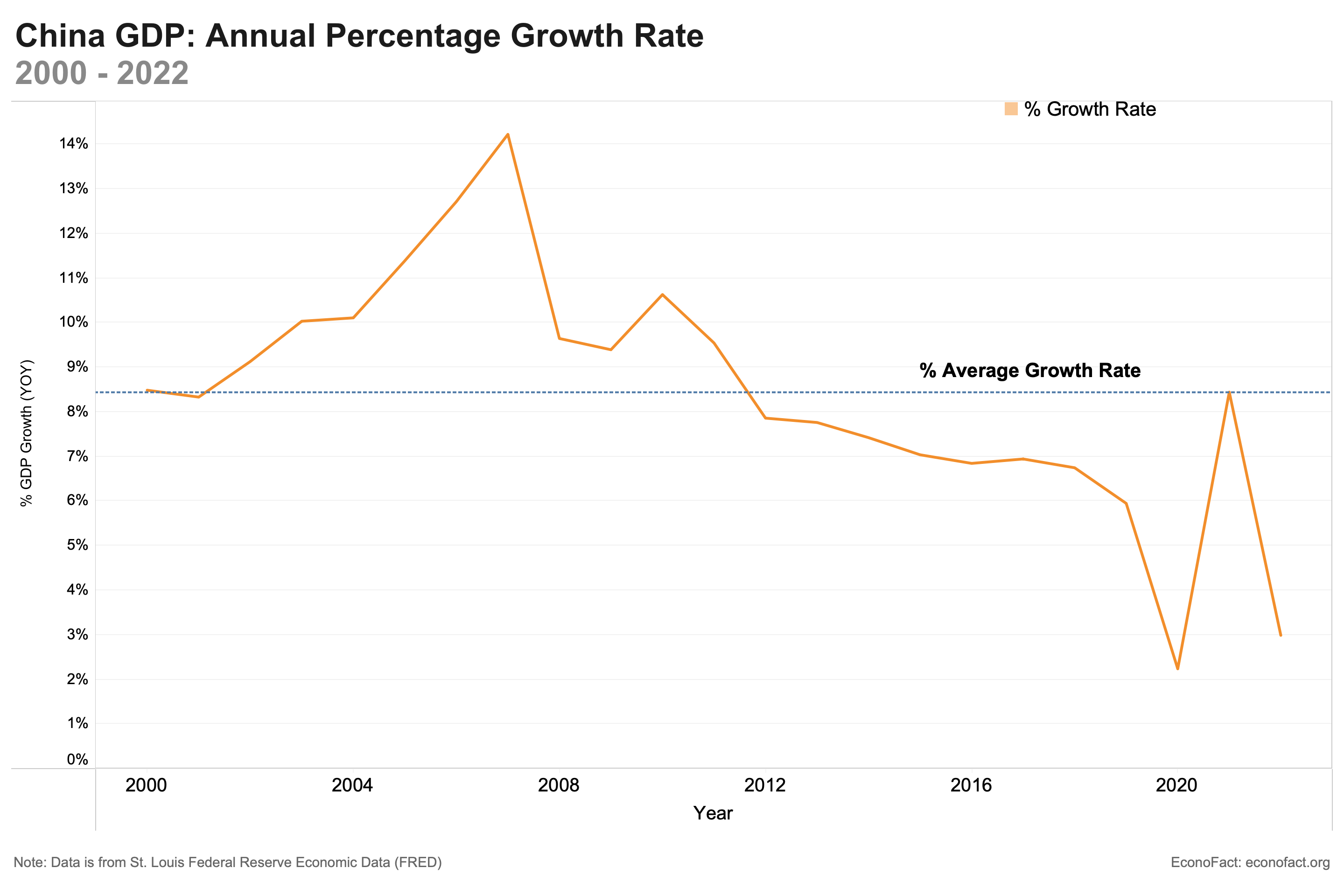US-China Tariffs Talks Loom as Chinese Citizens Adjust Spending Habits
This weekend, representatives from America and China are scheduled to have a round of discussions in Switzerland. This dialogue aims to address the broad tariffs imposed by President Trump. Meanwhile, within its borders, the Chinese government is counting on robust consumer expenditure to stimulate economic growth in a bid to counterbalance the impact of these tariffs. Over ten years, Jasmin Zhan, a resident of Shanghai, has been earning approximately $34,000 per annum, a typical middle-class salary, from her job in landscape design.
However, around three years back, there was a notable economic downturn in China, specifically in the property sector where the majority of Jasmin’s clientele were based. This downturn first led to her accepting a salary reduction of 40%; subsequently, she lost her job. She now declares that she stratizes her spending judiciously. She remains content with her current cell phone by replacing its battery instead of getting a brand-new phone.
When her friends proposed an in-country vacation costing roughly a thousand dollars, which would have gotten an affirmative from her under normal circumstances, she had to reject it. While she has the financial capability, the future seems uncertain. Therefore, she is presently reluctant to commit to such expenditure. She prefers to wait for stabilizing her professional circumstances or until she has some spare time before making any fun trips.
Consumer confidence in China has not bounced back to the levels seen before the global pandemic; evidence of this is profoundly visible on city streets. Establishments serving breakfast for as low as 40 cents are crowded. Retail outlets engage in spot sales and competitive pricing strategies. While some Chinese people continue to indulge in lavish items, a significant proportion of households are ostensibly resetting their consumption to a lower level.
David Daokui Li, an economist from the prestigious Tsinghua University in Beijing, commented on the matter. He pointed out to the extremely high savings rates among Chinese, a trend that has only been compounded by the pandemic. Higher-end consumption has declined, and people are switching to more cost-effective, although slightly lower quality, alternatives.
Li advocates for a strategic action to spur growth: if China can amplify consumption from its present 49% of GDP to approximately 51%, it will sufficiently balance out the effect of President Trump’s tariffs. Even a modest rise of 1-2% in the consumption rate of Chinese households as a percentage of GDP has the potential to negate the tariff effects.
To further stimulate consumer spending, the Chinese government is currently implementing policies that include consumer rebates and incentives for exchange of goods. Although these measures have shown a positive effect, Li argues that they must be of a greater magnitude to be truly impactful. He adds that constructing a robust pension and healthcare system can also help shore up consumer confidence. However, such initiatives require a longer timeframe for implementation.
Moreover, Li expresses his optimism that the imminent trade-related negotiations between the U.S. and China may help both nations avert a full-blown trade war. Looking at the situation from the individual consumer’s perspective, the urgency to adapt to changing economic conditions is palpable for people like Jasmin Zhan. Living a previously middle-class lifestyle, she is now adjusting her tastes and habits.
In the past, she splurged on luxury lunches, teas, and coffees. Today, she finds herself on the other side of the counter, serving as a barista and laboring for up to 12 hours per day. The conversations among her circle now revolve around strategies for survival more than the quality of living. Previously, they had multiple options for leading a quality life. Now, their focus has been constrained to just keeping the head above water.
Jasmin does not foresee a quick return to her prior earning levels or to the traditional work timings. She has learned that happiness can be derived from simpler pleasures, without indulging in excessive shopping or dining. A similar sentiment is echoed by Wang Zitong, a 26-year-old hospital nurse: less spending does not necessarily mean a downgraded lifestyle.
A customer of Luckin Coffee, where the beverage costs only half of what it is priced at Starbucks, Wang has managed to trim her weekly expenses by almost a quarter. Despite this, she maintains a positive attitude towards the future economic prospects of China. She contends that as long as one’s average quality of life is not compromised, a consumption reduction should not be perceived negatively.
She admits to curtailing her expenditure on food and toys for her pet cat but simultaneously expresses her desire to invest in gold – a preferred choice of many Chinese during times of uncertainty. Wang’s attitude embodies the resilience and adaptability of the Chinese populace amid these challenging economic times.
In conclusion, the Chinese government, renowned economists, and everyday citizens are all navigating a complex landscape of consumption patterns, tariffs, and economic uncertainties. By relying on a blend of policy adjustments, academic expertise, and individual resilience, China aims to illuminate a path out of this economic predicament.


